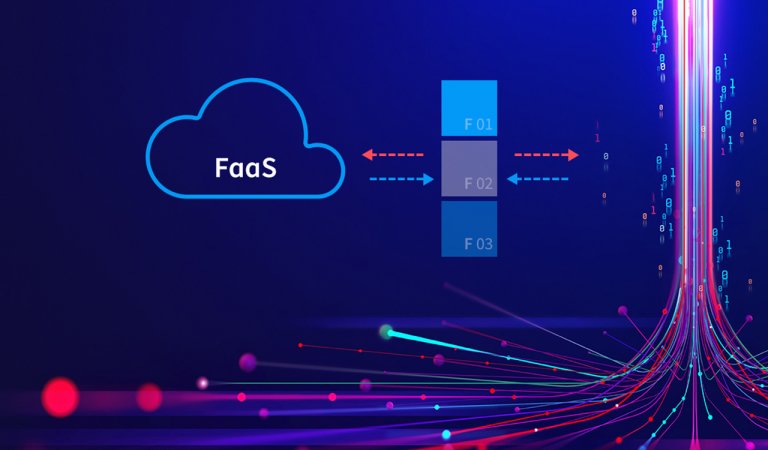Background Information about Compart:
Compart is a leading global provider of scalable, high-performance, platform-independent solutions for Omnichannel document and output management. Headquartered in Germany, the company has been active in the market for more than two decades and has offices in Europe and North America as well as a partner network in Latin America.
The DocBridge® product family, designed, developed and maintained by Compart, covers all areas of document creation, processing (conversion, modification, indexing, bundling) and output (dispatch, archiving), including quality control for all physical and digital channels. The solutions support both high-volume batch and transactional processing.






